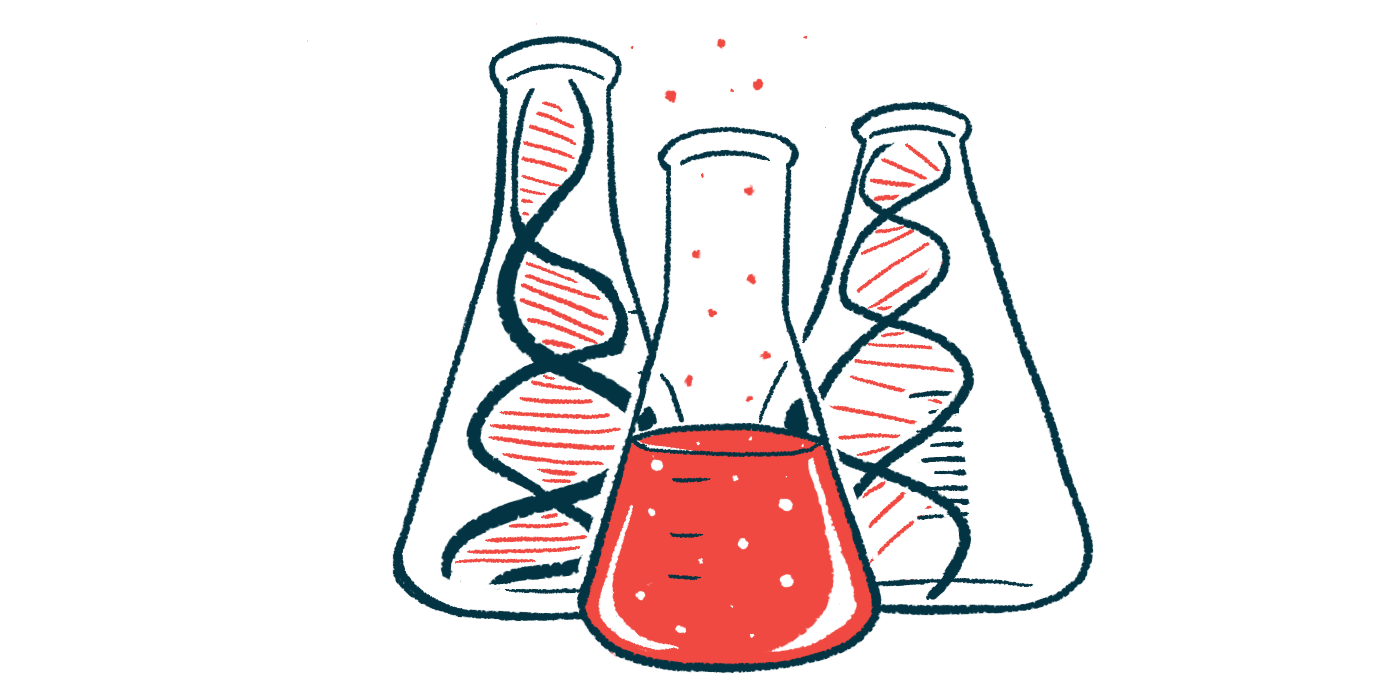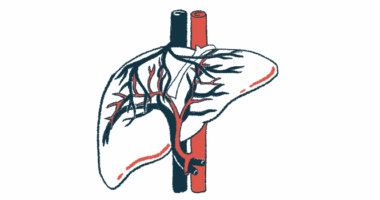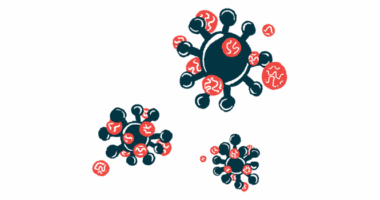Seven new ABCB11 gene mutations identified as cause of PFIC2
Study analyzed variants in Pakistani children thought to have rare liver disease

Seven new ABCB11 gene mutations were identified as the likely cause of progressive familial intrahepatic cholestasis (PFIC2), according to a study that analyzed the variants among Pakistani children suspected of having the rare liver disease.
“The discovery of seven novel candidate ABCB11 variations in the Pakistani population underscores the possibility that its genetic diversity may differ from the data on PFIC reported in other populations,” the researchers wrote.
Thirteen other ABCB11 mutations, previously associated with PFIC2 in other populations, were also identified, while no ABCB11 variants were detected in many of the evaluated children. This suggests other genes, linked to other types of PFIC, may be mutated in these cases, underscoring “the significance and necessity of genetic screening for early and accurate disease management,” the researchers wrote.
The study, “The spectrum of novel ABCB11 gene variations in children with progressive familial intrahepatic cholestasis type 2 in Pakistani cohorts,” was published in Scientific Reports.
PFIC comprises a group of rare genetic liver conditions marked by impaired production and/or secretion of the digestive fluid bile by liver cells that typically causes cholestasis, or slowed bile flow, in early childhood. PFIC2 has been associated with mutations in the ABCB11 gene, which lead to low levels of bile salt export pump (BSEP), a protein that transports bile salts, a component of bile, out of liver cells. Without BSEP, liver cells become overloaded with bile salts, resulting in cholestasis and bile building up in the liver, damaging it.
This type of PFIC features low to normal blood levels of gamma-glutamyl transpeptidase (GGT), a marker of liver damage, but high levels of bilirubin, another liver damage marker. Symptoms of PFIC2 include itching, yellowing of the skin and whites of the eyes, called jaundice, and an enlarged liver, but these overlap with other types of cholestasis and PFIC.
Although several PFIC2-causing ABCB11 mutations have been identified in different populations, from European to American and from African to Chinese, “no work has been done in Pakistani patients,” the researchers wrote.
Identifying new gene mutations iin PFIC2
Here, an international team of researchers looked for ABCB11 mutations in 66 unrelated children suspected of having PFIC2, who were followed at the Children’s Hospital Lahore and Institute of Child Health Lahore. Some healthy parents also provided blood samples for analysis.
The children, who ranged in age from a few months to 5 years, had several signs consistent with a PFIC2 diagnosis, including cholestasis, low to normal blood GGT, high bilirubin, and itching.
Genetic testing identified 20 ABCB11 mutations in 20 of the children, of which seven hadn’t been reported before and weren’t detected in healthy ethnically matched people. Four of the seven mutations were detected on both copies of the ABCB11 gene, while the remaining three were detected in only one copy.
Most of these mutations (57.1%) affected the gene’s splicing, a natural process that creates a mature messenger RNA (mRNA), an intermediate molecule used as template for protein production that only contains protein-coding regions.
Further experiments to assess the effects of two of these splicing variants — IVS6+5G>A and IVS14+1G>C — showed they resulted in the production of a mRNA molecule that lacked one of its protein-coding regions, meaning the resulting protein was shorter.
Also, a new c.3382C>G missense variant, which was considered likely disease-causing, was reported for the first time in a 5-month-old boy admitted to the hospital due to severe itching and cholestasis. A missense mutation results in a change in one amino acid, or protein building block, in the protein’s sequence. The child’s mother also had the mutation.
A new deletion mutation called c.1366_1366delC was identified in a baby who was seen at the hospital at 3 weeks of age due to jaundice since birth. Both his parents had the mutation and an older brother had already passed away.
A new frameshift mutation, named c.2144_2145delTA, was detected in a boy with jaundice and itching who was 2 years old at the onset of his symptoms. “While treatment was initiated, unfortunately, he did not survive,” the researchers wrote.
Most patients in the study had no mutations in the ABCB11 gene, however, suggesting other genes may be involved, including those associated with a different PFIC type, as clinical signs may be similar between disease types.
“While larger trials are essential, our results suggest that these variants could serve as valuable molecular markers for the initial screening of affected families and patients,” the researchers wrote. “The identification of candidate genetic markers for these disorders would empower affected families to explore options,” including genetic testing of parents and the fetus before birth.







